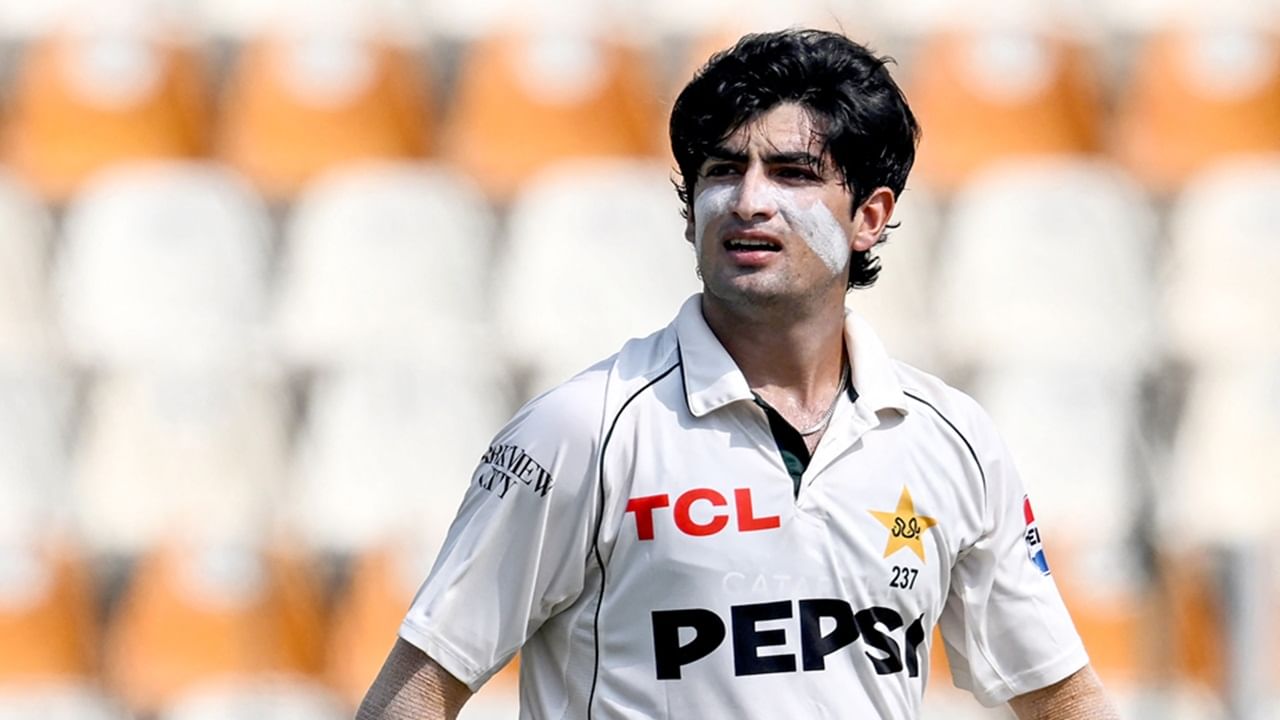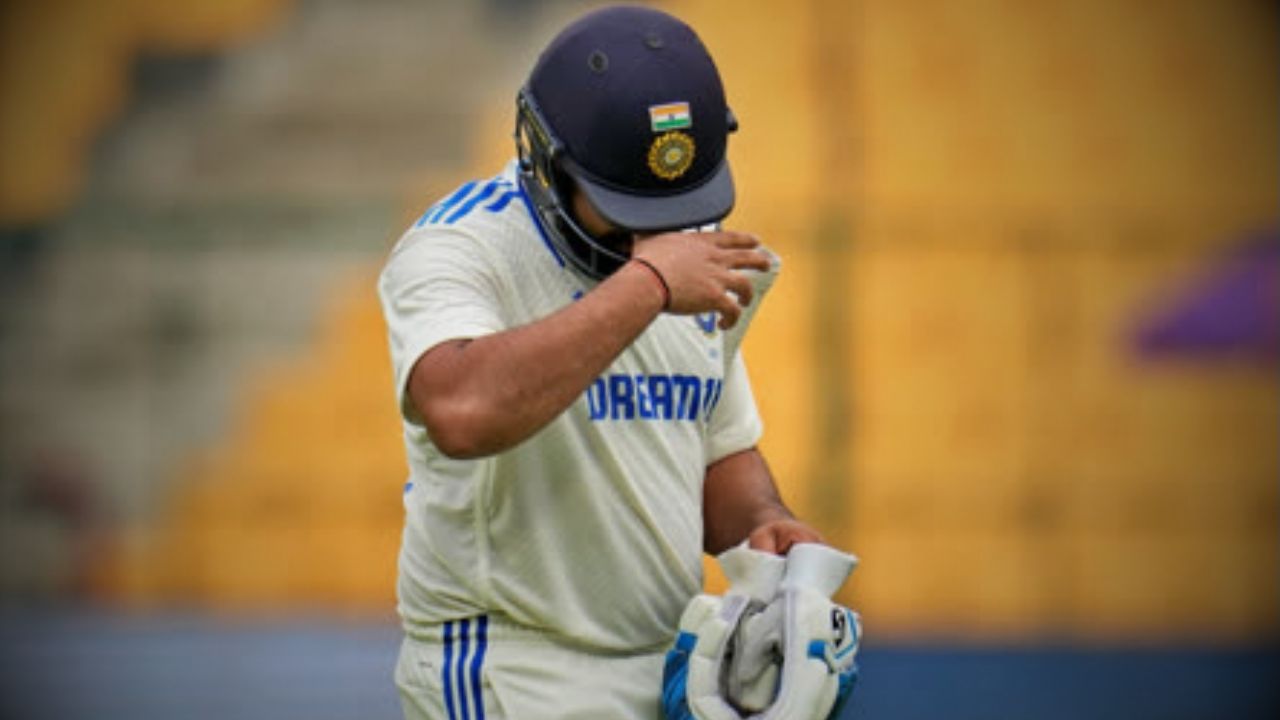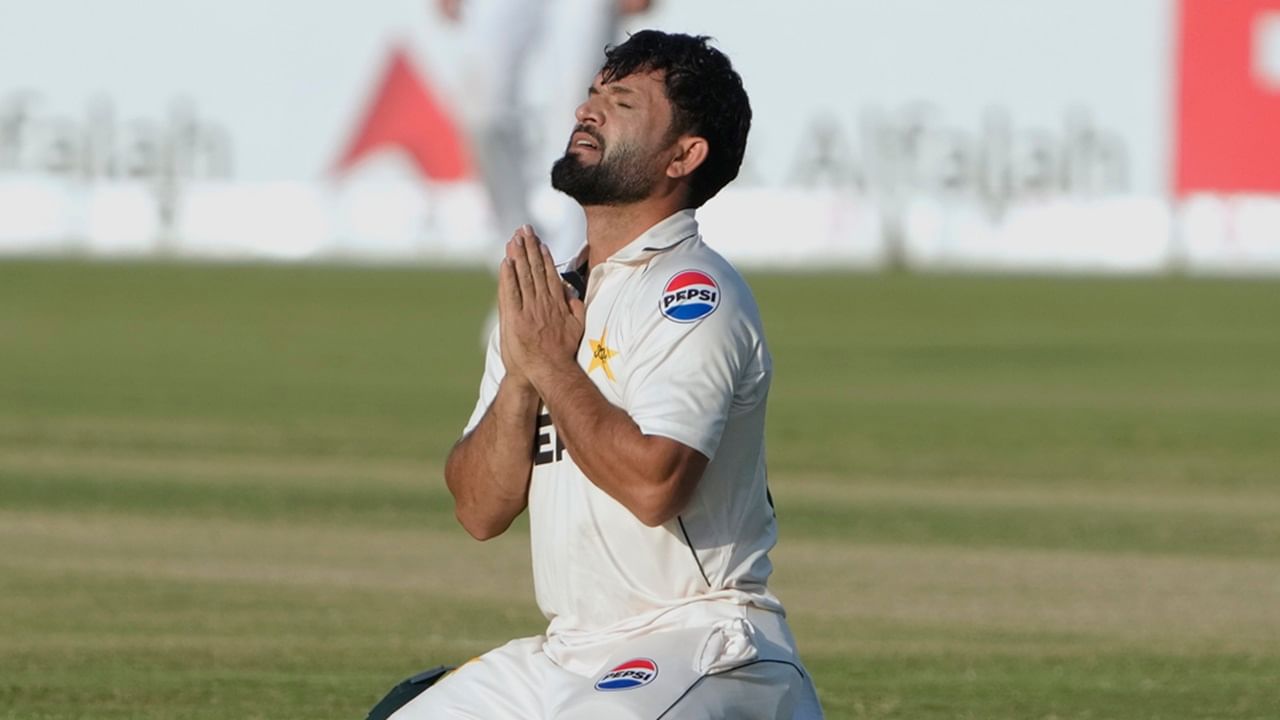Once considered a powerhouse in the realm of cricket, Pakistan has long been synonymous with a formidable pace attack. Legendary fast bowlers like Shoaib Akhtar, Wasim Akram, and Waqar Younis have left an indelible mark in the history of the sport, known for their ability to unsettle even the most accomplished batsmen with their sheer pace and skill. However, in a concerning trend, the current landscape of Pakistan’s fast bowling has come under scrutiny, especially following their performance in the recent Multan Test.
A Decline in Pace: The Multan Test Experience
The recent encounter in Multan raised several eyebrows concerning the effectiveness and speed of Pakistan’s current bowling lineup. Despite boasting notable fast bowlers like Shaheen Afridi, Naseem Shah, and Aamir Jamal, their speed has notably dwindled. Shaheen Afridi’s fastest delivery in the match clocked in at just 138.9 km/h, with his average dropping even lower to 134.1 km/h. Naseem Shah, although recording a faster delivery at 141.6 km/h, was similarly disappointing with an average of only 136 km/h. Aamir Jamal, on the other hand, showcased a top speed of 137.9 km/h, but his overall average speed was a mere 131 km/h. Historically, Pakistani fast bowlers have consistently bowled above the 140 km/h mark, making this decline particularly striking.
Performance in the Multan Test: A Cause for Concern
The low speeds were compounded by the bowlers’ inability to maintain a consistent line and length. The economy rates for Afridi, Shah, and Jamal hovered around five runs per over, indicating a failure not only in wicket-taking abilities but also in restricting runs. This troubling trend means that batsmen, like England’s Joe Root and Harry Brook, have capitalized on the bowling shortcomings. Root scored his 35th Test century, while Brook made history with four consecutive Test centuries in Pakistan, underscoring the ease with which they capitalized on the lackluster performance from the Pakistan bowlers.
The Implications of the Current Form
This downward trajectory in pace and effectiveness poses significant implications for Pakistan cricket moving forward. As they face formidable teams on the international stage, it becomes essential for the coaching staff and selectors to reassess their pace attack strategies. While discipline in both line and length is crucial, regaining the speed that once defined Pakistani fast bowlers is equally important to compete at the highest levels.
Determining the root cause of this decline—whether it’s fitness, technique, or external factors—will be crucial for the team management. The pride and tradition of having one of the best pace attacks in the world should not be overshadowed by recent performances. It is clear that a revival in the art of fast bowling is imperative for Pakistan to reestablish their legacy in the cricketing world.











